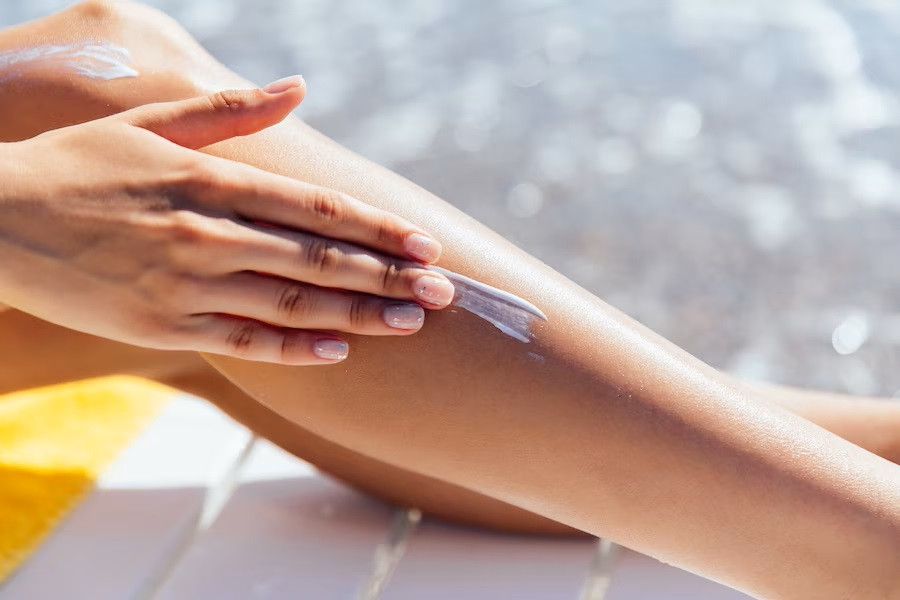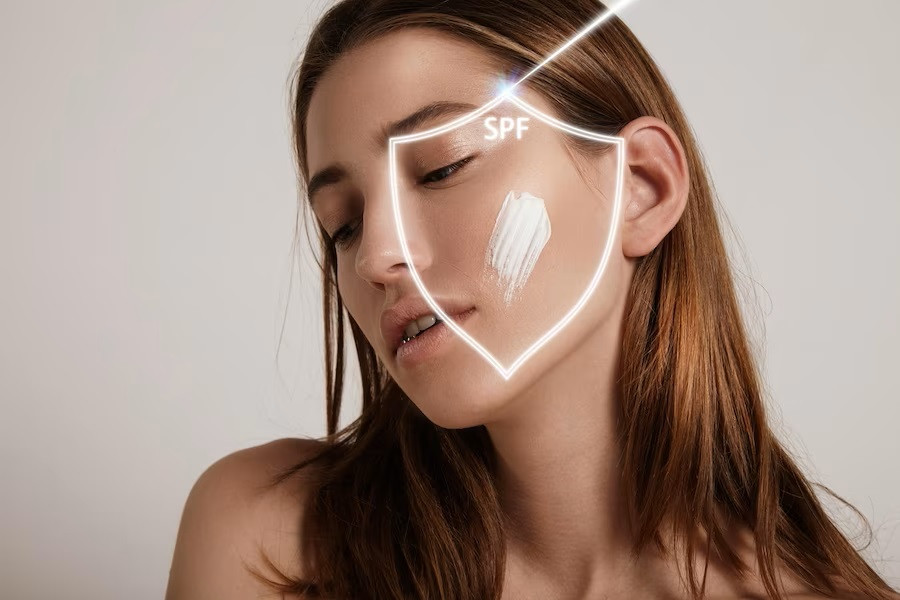Excessive exposure to ultraviolet (UV) rays can lead to more than just skin sunburn; it can also affect the eyes, a condition commonly referred to as photokeratitis.
Photokeratitis occurs when the cornea becomes inflamed due to overexposure to UV rays. This condition results in symptoms like eye pain, blurred vision, and redness. Such symptoms can arise when the eyes are not shielded from intense UV radiation, whether from natural sources like sunlight or artificial sources such as UV lamps and welding equipment.
How to Prevent Photokeratitis
While photokeratitis is typically a temporary issue, it can still cause significant discomfort. Therefore, it is essential to implement the following preventive measures:
Wearing Sunglasses
One of the most effective strategies for preventing photokeratitis is to wear sunglasses. However, not all sunglasses offer adequate eye protection.
Quality sunglasses should block at least 99% of UV rays. When selecting sunglasses, ensure they come with a UV protection label that confirms their capability to shield the eyes from harmful rays.
Additionally, choose sunglasses with large lenses that cover the entire eye area. Broad lenses provide extra protection by blocking rays from multiple angles, including from the sides and the front.
Donning a Hat
Besides sunglasses, wearing a wide-brimmed hat can further shield the eyes from UV exposure. Hats can significantly diminish the amount of UV radiation that directly reaches the eyes, especially during outdoor activities in bright sunlight.
Limiting Intense Sun Exposure
Experts indicate that the sun's rays are most intense and hazardous between 10 a.m. and 4 p.m. This timeframe marks the peak intensity of UV radiation.
Whenever possible, avoid prolonged outdoor exposure during these hours. If outdoor activities are unavoidable, ensure you are adequately protected, both for your eyes and skin.
Keep in mind that UV rays can reflect off surfaces like water, snow, and sand, intensifying exposure. When you are in such environments, it is crucial to take extra precautions, as reflected UV rays can exacerbate eye damage.
Protec Your Eyes in the Workplace
For individuals working in environments where they are at risk of exposure to artificial UV rays, such as welders, using specialized protective eyewear is vital. This is designed to effectively absorb or block UV radiation while also safeguarding the eyes from injury caused by intense light.
Applying Sunscreen Around the Eyes
While it is not advisable to apply sunscreen directly to the eyes, applying it around the eye area is necessary to prevent skin damage from UV rays. This application helps protect the skin and offers additional defense for the area surrounding the eyes.
Do you have further inquiries regarding photokeratitis or any unusual eye symptoms? You can consult a healthcare professional through the Ai Care application, available for download on the App Store or Play Store.
Are you interested in learning more about other health conditions? Click here!
- dr Nadia Opmalina
Daniel Porter (2023). What is Photokeratitis — Including Snow Blindness?. Available from: https://www.aao.org/eye-health/diseases/photokeratitis-snow-blindness
Adam Felman (2024). How to prevent photokeratitis. Available from: https://www.medicalnewstoday.com/articles/photokeratitis
Cleveland Clinic (2023). Photokeratitis. Available from: https://my.clevelandclinic.org/health/diseases/15763-photokeratitis
David Turbert (2024). The Sun, UV Light and Your Eyes. Available from: https://www.aao.org/eye-health/tips-prevention/sun
Adam Debrowski (2023). Understanding sunburned eyes (photokeratitis. Available from: https://www.allaboutvision.com/conditions/cornea/can-eyes-get-sunburned/
WebMD (2023). What Is Snow Blindness?. Available from: https://www.webmd.com/eye-health/what-is-snow-blindness
EPA (2024). Ultraviolet (UV) Radiation and Sun Exposure. Available from: https://www.epa.gov/radtown/ultraviolet-uv-radiation-and-sun-exposure
Arpansa. Occupational exposure: Workers exposed to ultraviolet radiation (UVR) from the sun and artificial sources. Available from: https://www.arpansa.gov.au/understanding-radiation/sources-radiation/occupational-exposure/occupational-exposure-workers












